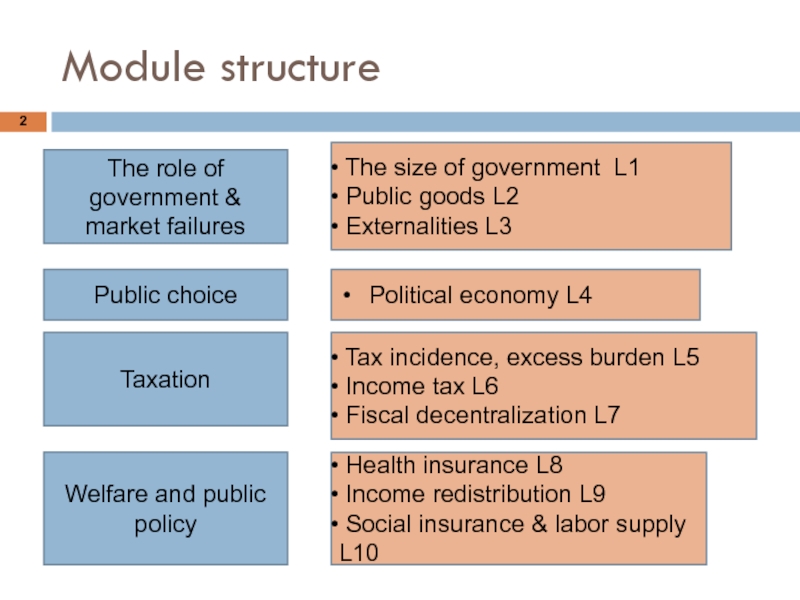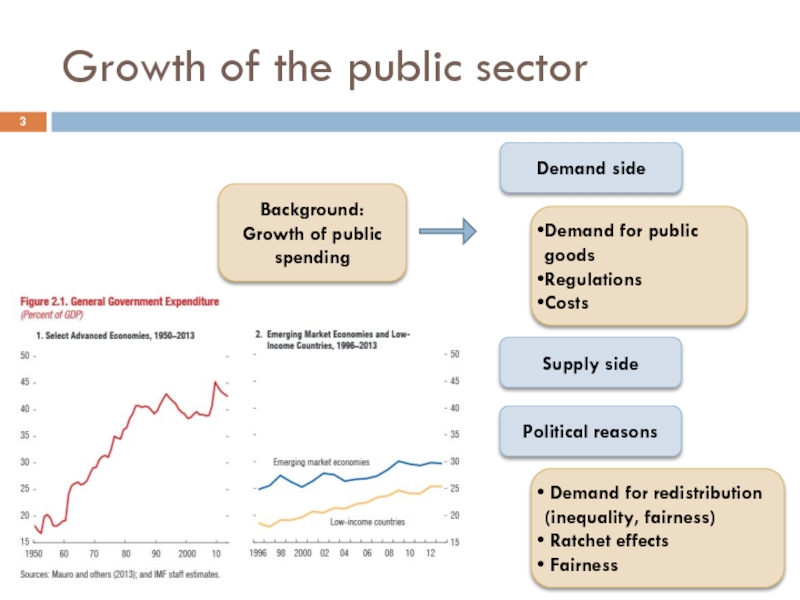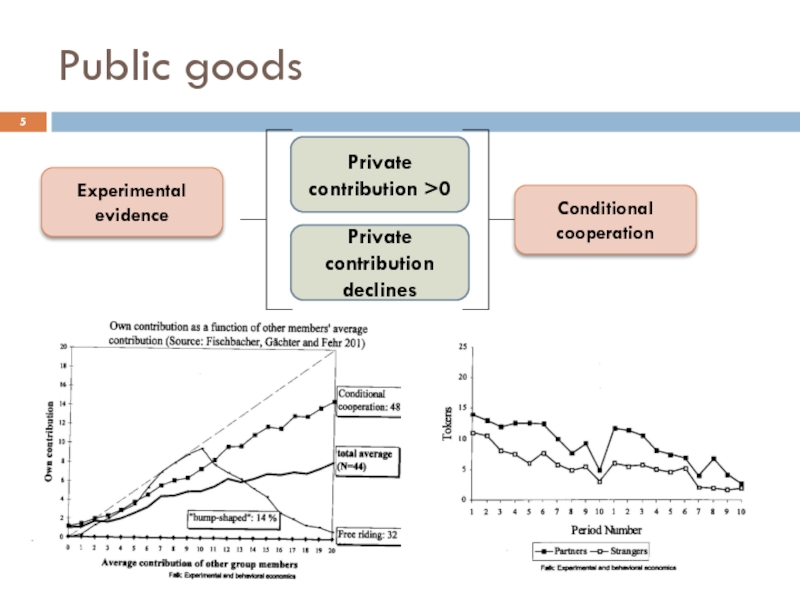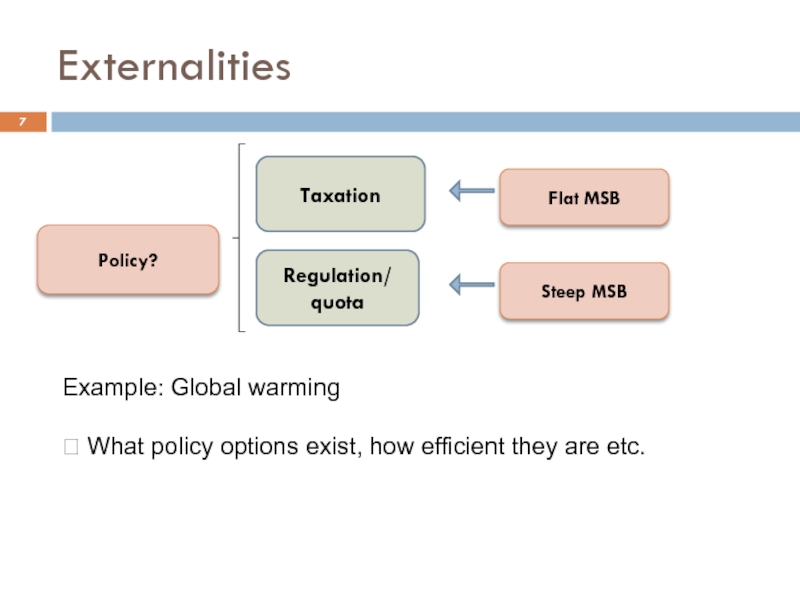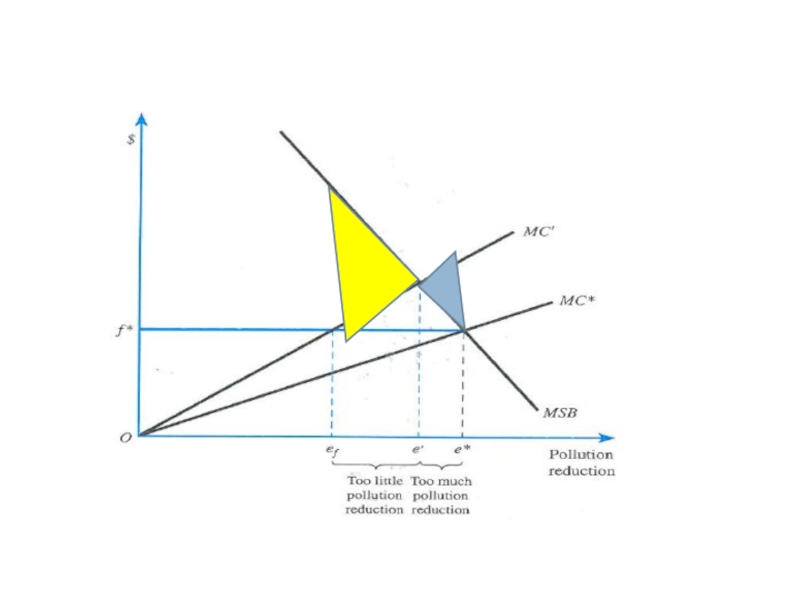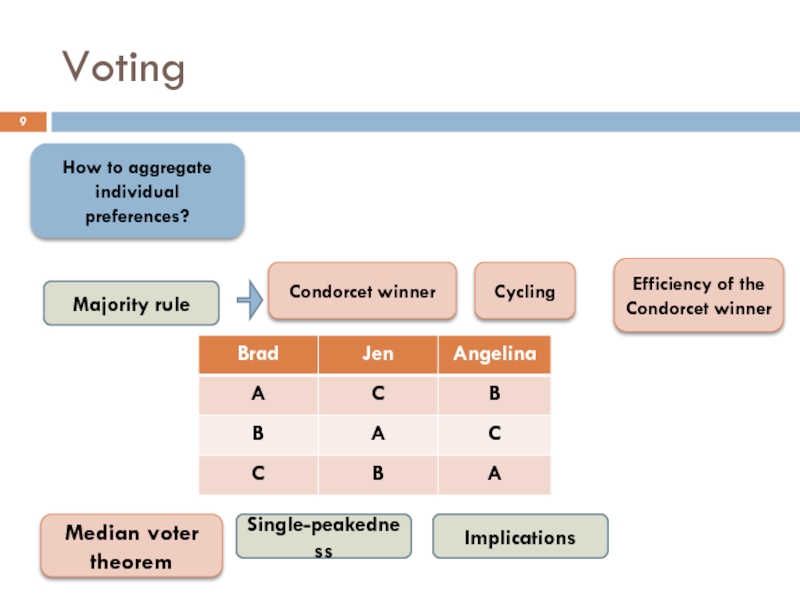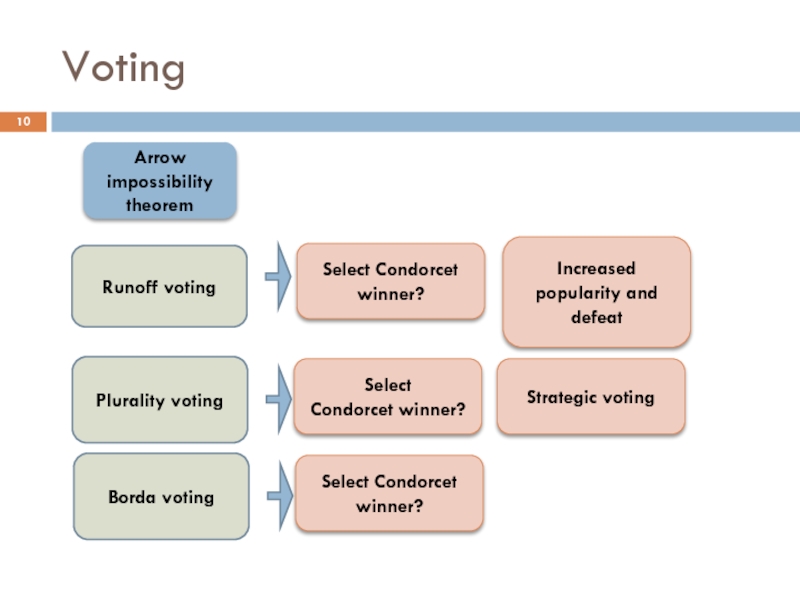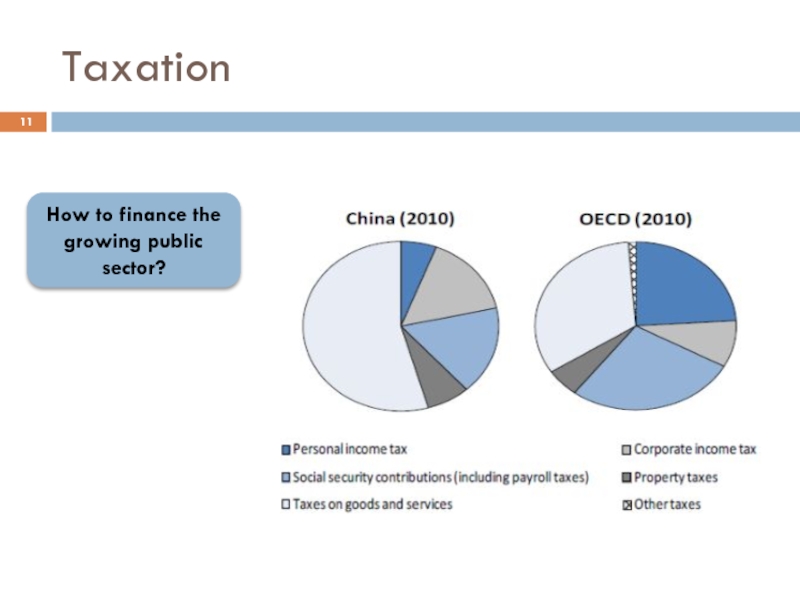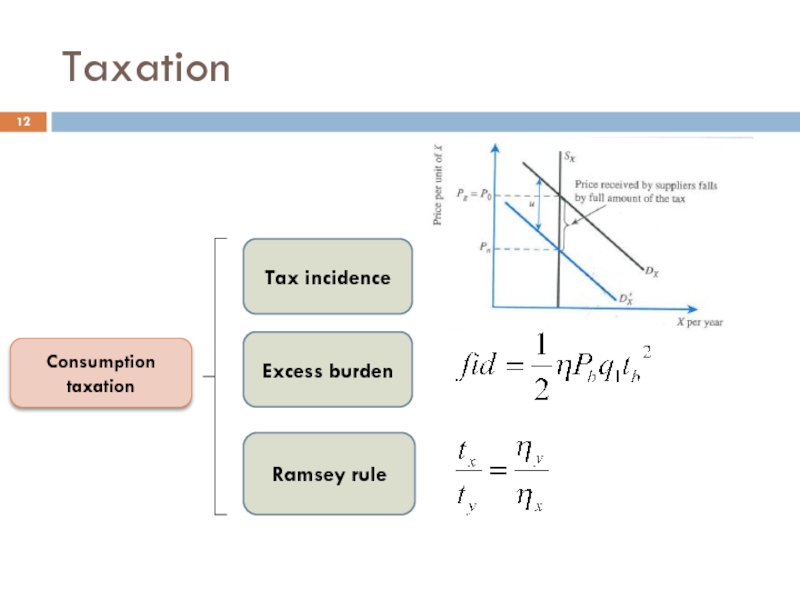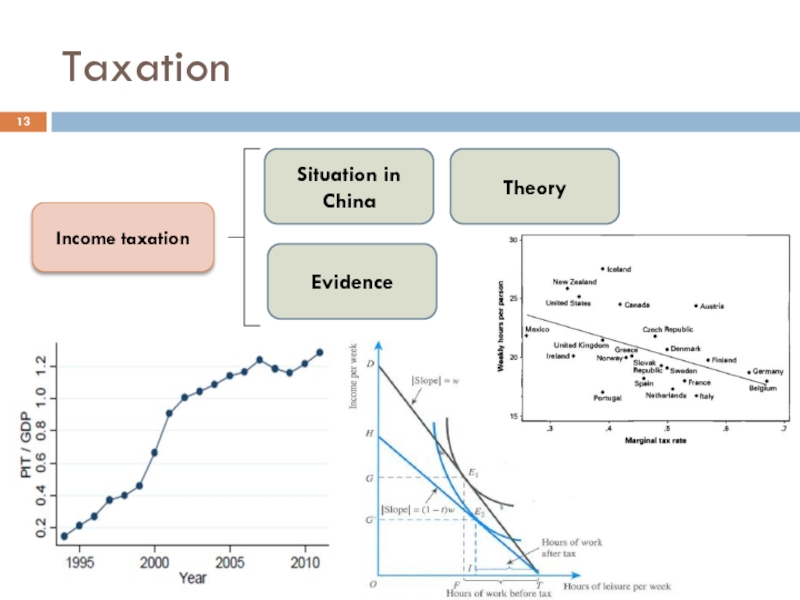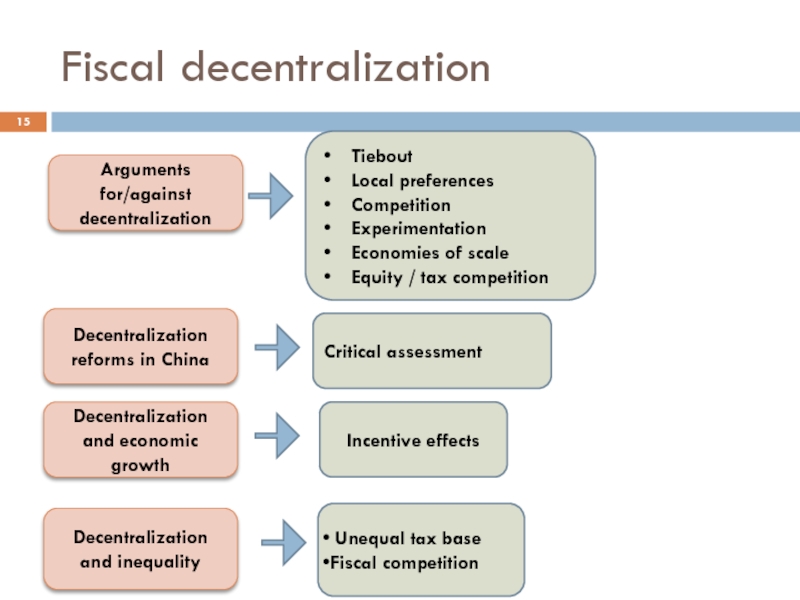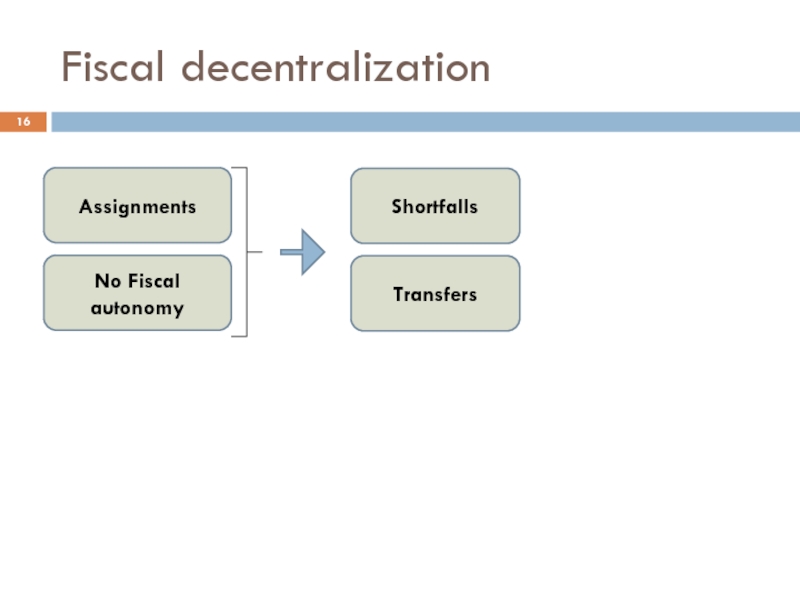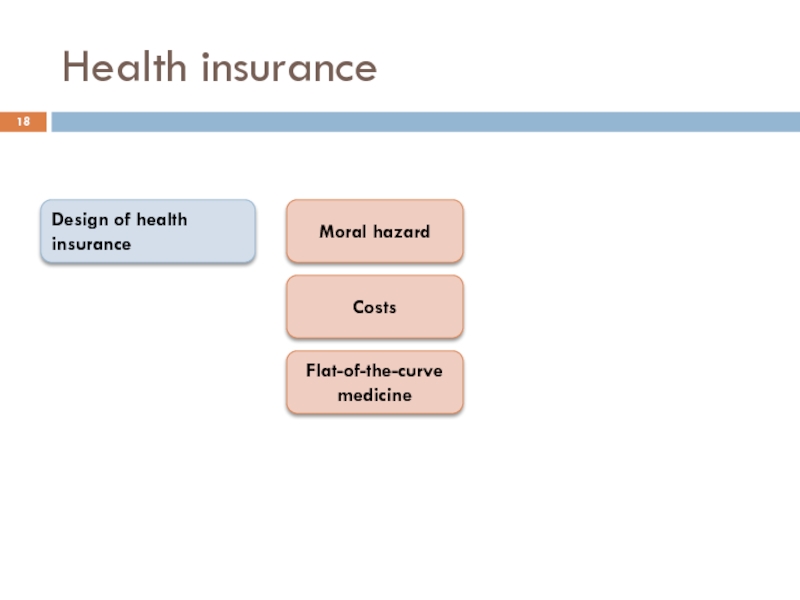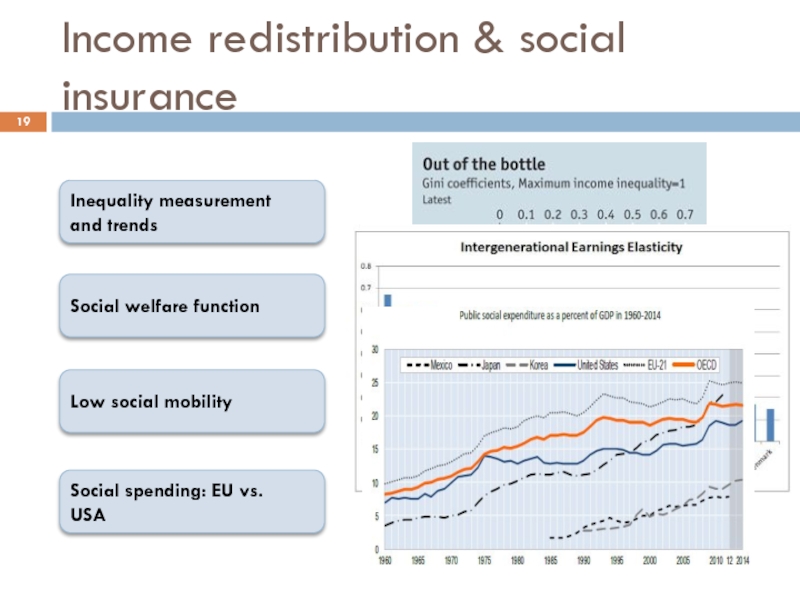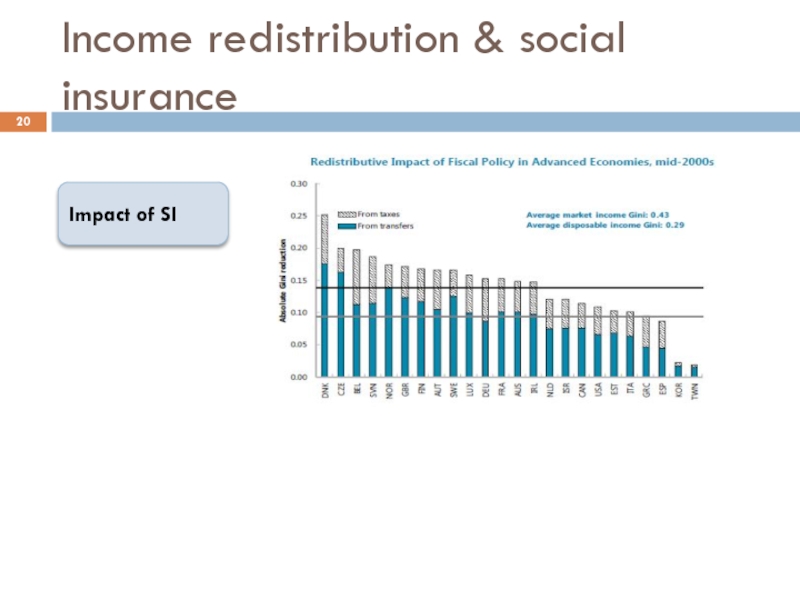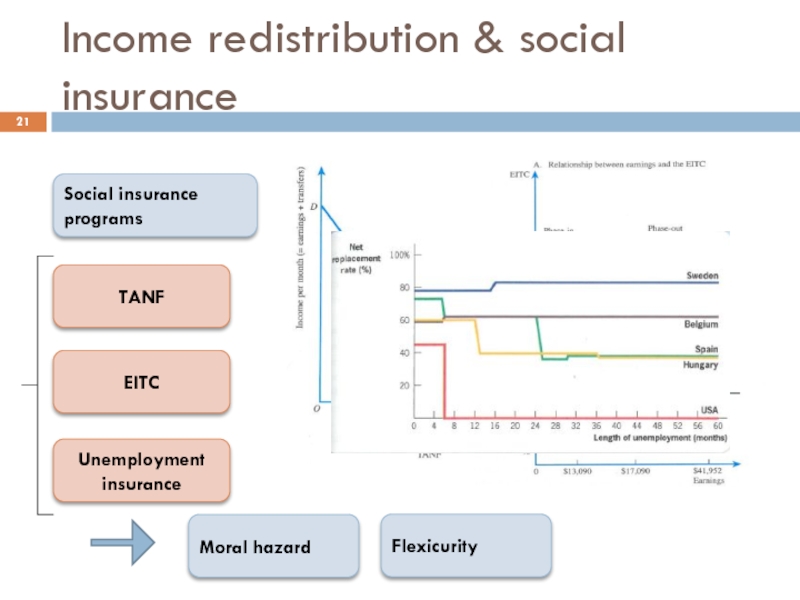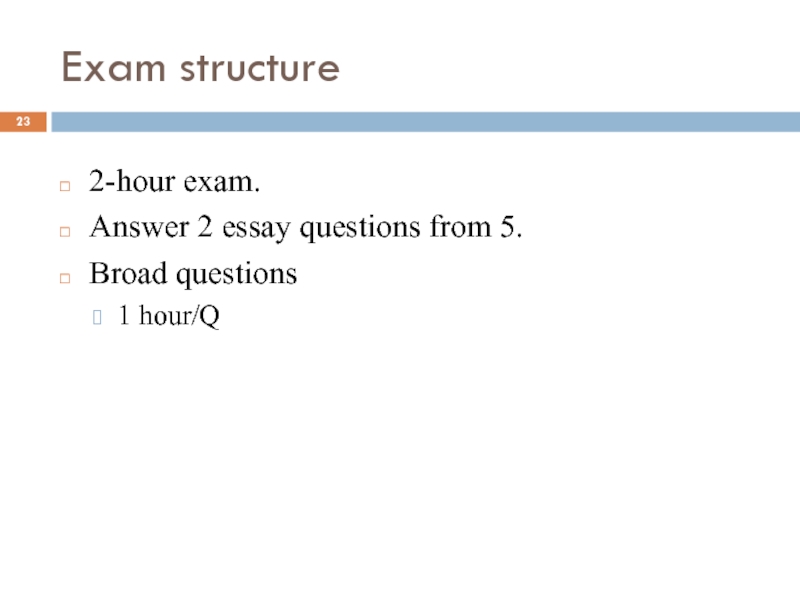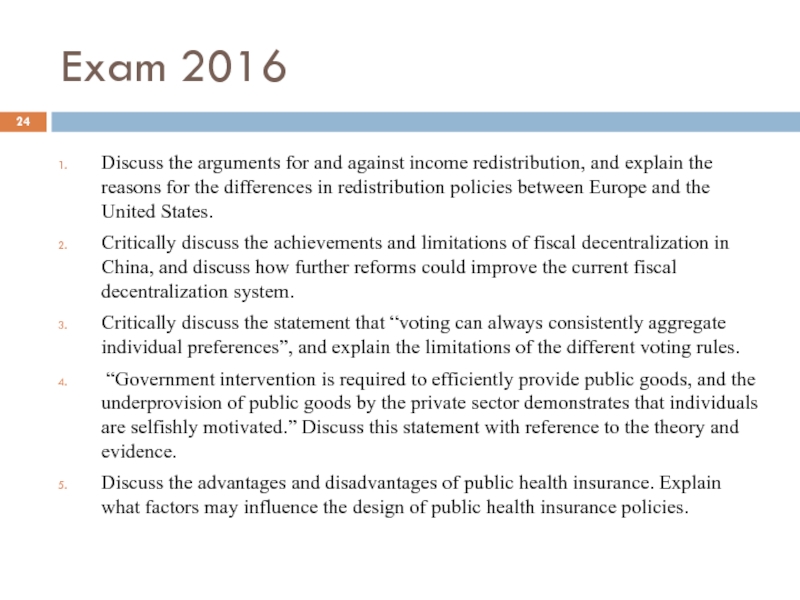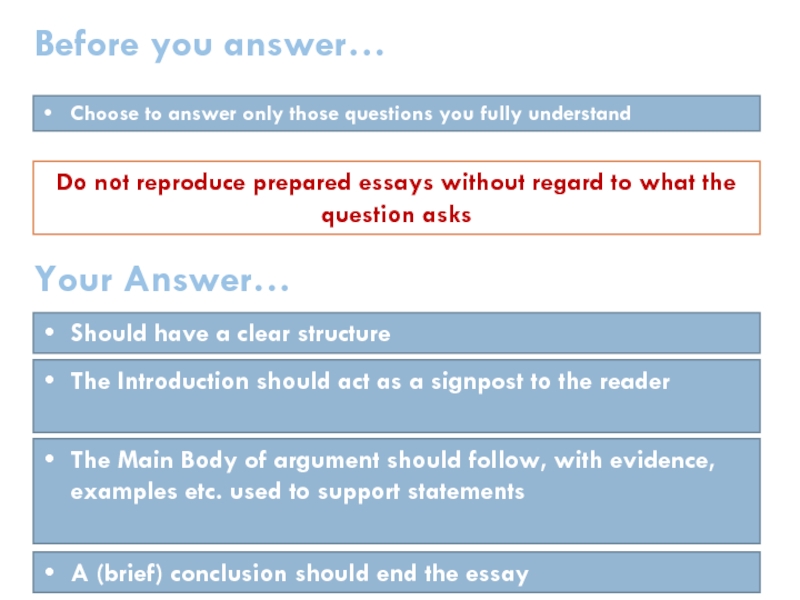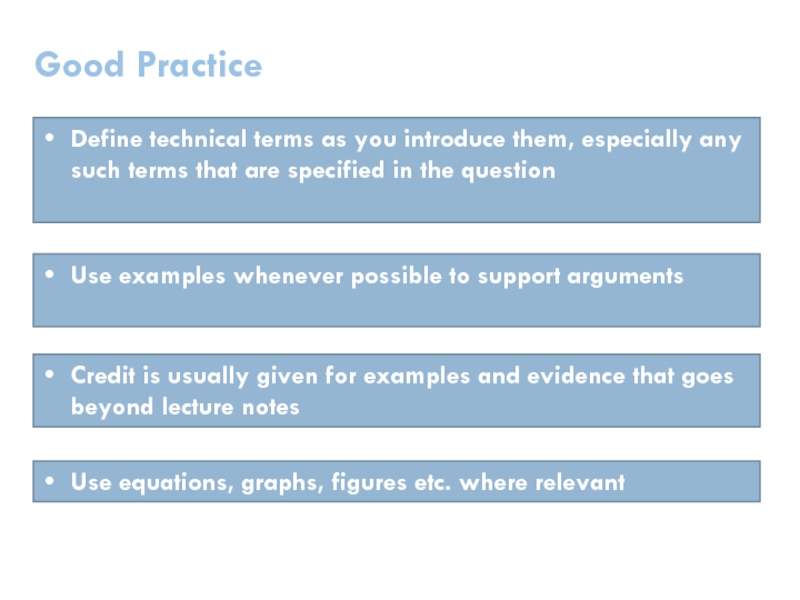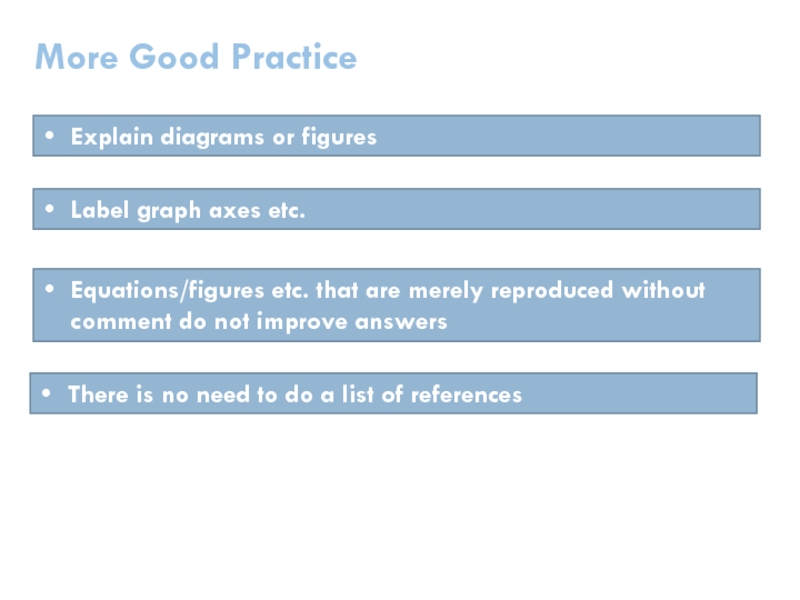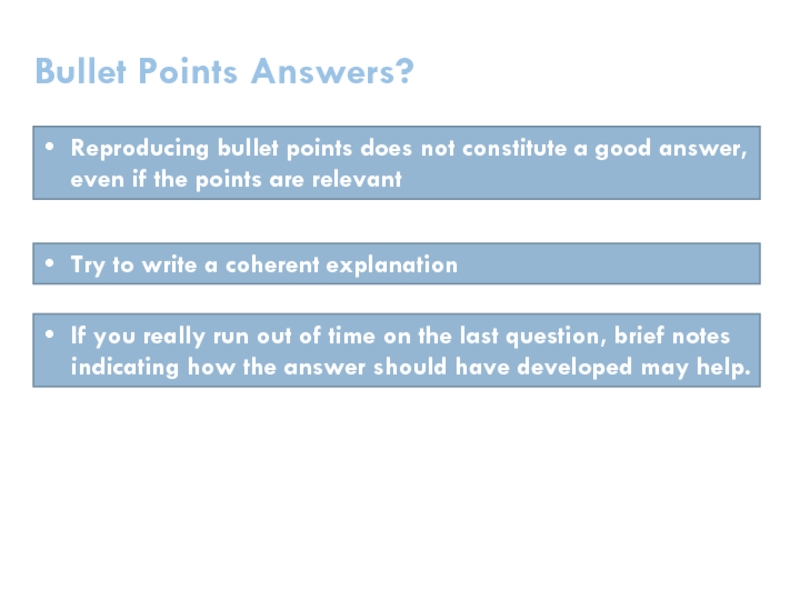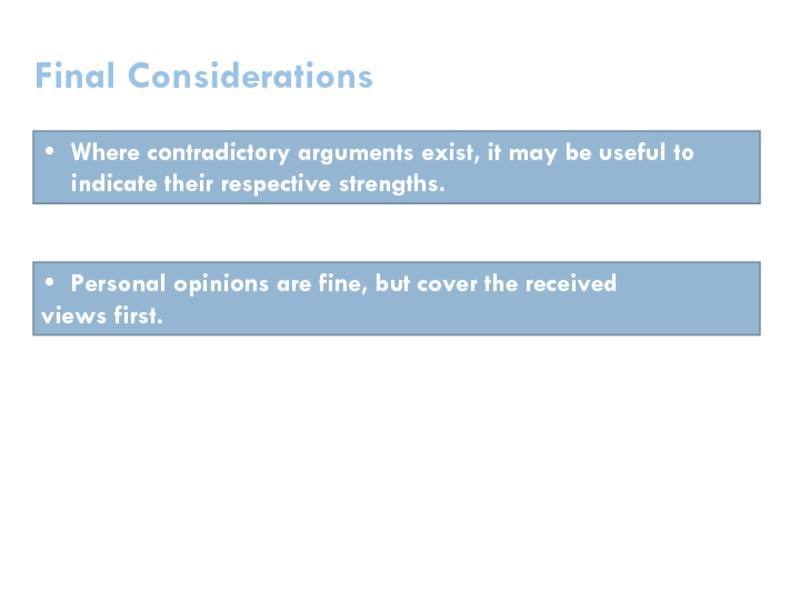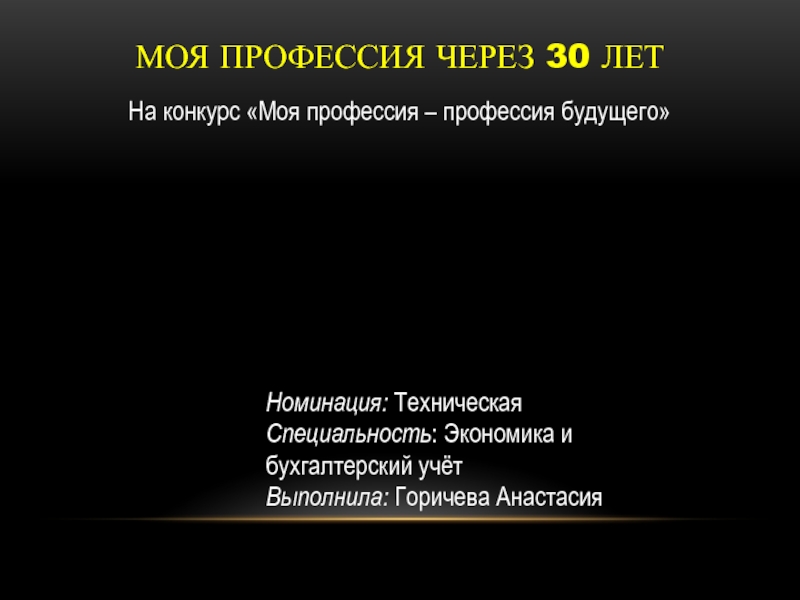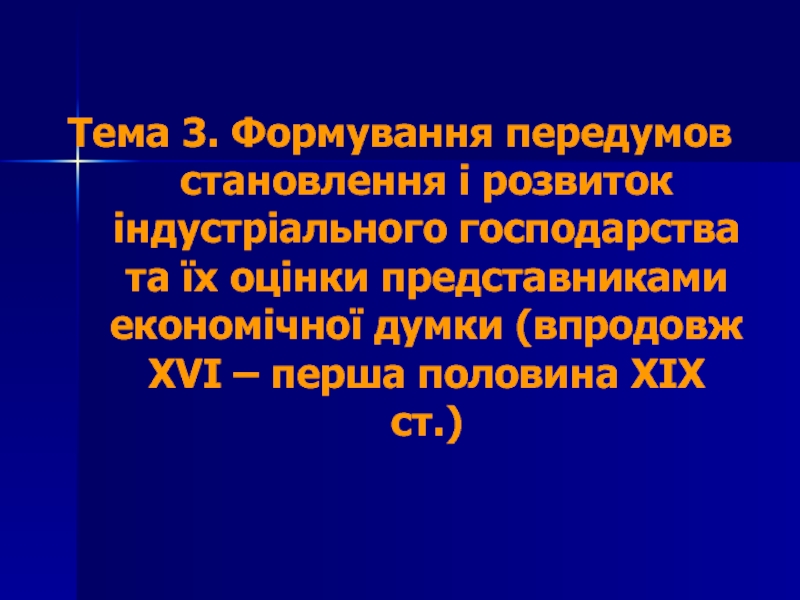- Главная
- Разное
- Дизайн
- Бизнес и предпринимательство
- Аналитика
- Образование
- Развлечения
- Красота и здоровье
- Финансы
- Государство
- Путешествия
- Спорт
- Недвижимость
- Армия
- Графика
- Культурология
- Еда и кулинария
- Лингвистика
- Английский язык
- Астрономия
- Алгебра
- Биология
- География
- Детские презентации
- Информатика
- История
- Литература
- Маркетинг
- Математика
- Медицина
- Менеджмент
- Музыка
- МХК
- Немецкий язык
- ОБЖ
- Обществознание
- Окружающий мир
- Педагогика
- Русский язык
- Технология
- Физика
- Философия
- Химия
- Шаблоны, картинки для презентаций
- Экология
- Экономика
- Юриспруденция
Module structure презентация
Содержание
- 1. Module structure
- 2. Module structure The role of government &
- 3. Growth of the public sector Background:
- 4. Public goods Efficient provision Market provision vs.
- 5. Public goods Experimental evidence Private contribution >0 Private contribution declines Conditional cooperation
- 6. Externalities Private sector solution, DWL
- 7. Externalities Policy? Taxation Regulation/ quota
- 9. Voting How to aggregate individual preferences? Majority
- 10. Voting Plurality voting Runoff voting
- 11. Taxation How to finance the growing public sector?
- 12. Taxation Consumption taxation Tax incidence Ramsey rule Excess burden
- 13. Taxation Income taxation Situation in China Theory Evidence
- 14. Taxation Income taxation Laffer curve Housing
- 15. Fiscal decentralization Decentralization reforms in China Arguments
- 16. Fiscal decentralization Assignments No Fiscal autonomy Shortfalls Transfers
- 17. Health insurance Growth in health spending Private sector Adverse selection Equity considerations The uninsured Paternalism
- 18. Health insurance Design of health insurance Moral hazard Costs Flat-of-the-curve medicine
- 19. Income redistribution & social insurance Social welfare
- 20. Income redistribution & social insurance Impact of SI
- 21. Income redistribution & social insurance Social insurance
- 22. What we have learned Theory + empirical
- 23. Exam structure 2-hour exam. Answer 2 essay
- 24. Exam 2016 Discuss the arguments for and
- 25. Do not reproduce prepared essays without regard
- 26. Good Practice Use examples whenever possible to
- 27. More Good Practice Label graph axes etc.
- 28. Bullet Points Answers? Reproducing bullet points does
- 29. Final Considerations Where contradictory arguments exist, it
Слайд 2Module structure
The role of government & market failures
The size of
Public goods L2
Externalities L3
Public choice
Political economy L4
Welfare and public policy
Health insurance L8
Income redistribution L9
Social insurance & labor supply L10
Taxation
Tax incidence, excess burden L5
Income tax L6
Fiscal decentralization L7
Слайд 3Growth of the public sector
Background:
Growth of public spending
Demand for public
Regulations
Costs
Demand side
Supply side
Political reasons
Demand for redistribution (inequality, fairness)
Ratchet effects
Fairness
Слайд 5Public goods
Experimental evidence
Private contribution >0
Private contribution declines
Conditional cooperation
Слайд 7Externalities
Policy?
Taxation
Regulation/ quota
Steep MSB
Flat MSB
Example: Global warming
? What policy options exist, how
Слайд 9Voting
How to aggregate individual preferences?
Majority rule
Condorcet winner
Cycling
Median voter theorem
Single-peakedness
Implications
Efficiency of the
Слайд 10Voting
Plurality voting
Runoff voting
Select Condorcet winner?
Increased popularity and defeat
Select
Condorcet winner?
Strategic voting
Borda voting
Select
Arrow impossibility theorem
Слайд 14Taxation
Income taxation
Laffer curve
Housing decisions
Income tax vs. consumption tax
Inequality and growth
Слайд 15Fiscal decentralization
Decentralization reforms in China
Arguments for/against decentralization
Tiebout
Local preferences
Competition
Experimentation
Economies of
Equity / tax competition
Critical assessment
Decentralization and economic growth
Incentive effects
Decentralization and inequality
Unequal tax base
Fiscal competition
Слайд 17Health insurance
Growth in health spending
Private sector
Adverse selection
Equity considerations
The uninsured
Paternalism
Слайд 19Income redistribution & social insurance
Social welfare function
Inequality measurement
and trends
Low social
Social spending: EU vs.
USA
Слайд 21Income redistribution & social insurance
Social insurance
programs
TANF
EITC
Unemployment insurance
Moral hazard
Flexicurity
Слайд 22What we have learned
Theory + empirical evidence (with data)
Contradiction between some
Externalities
Public goods
Ramsey rule
Social insurance and moral hazard
Implications for China
Слайд 24Exam 2016
Discuss the arguments for and against income redistribution, and explain
Critically discuss the achievements and limitations of fiscal decentralization in China, and discuss how further reforms could improve the current fiscal decentralization system.
Critically discuss the statement that “voting can always consistently aggregate individual preferences”, and explain the limitations of the different voting rules.
“Government intervention is required to efficiently provide public goods, and the underprovision of public goods by the private sector demonstrates that individuals are selfishly motivated.” Discuss this statement with reference to the theory and evidence.
Discuss the advantages and disadvantages of public health insurance. Explain what factors may influence the design of public health insurance policies.
Слайд 25Do not reproduce prepared essays without regard to what the question
Before you answer…
Choose to answer only those questions you fully understand
Your Answer…
The Main Body of argument should follow, with evidence, examples etc. used to support statements
Should have a clear structure
The Introduction should act as a signpost to the reader
A (brief) conclusion should end the essay
Слайд 26Good Practice
Use examples whenever possible to support arguments
Define technical terms as
Credit is usually given for examples and evidence that goes beyond lecture notes
Use equations, graphs, figures etc. where relevant
Слайд 27More Good Practice
Label graph axes etc.
Explain diagrams or figures
Equations/figures etc. that
There is no need to do a list of references
Слайд 28Bullet Points Answers?
Reproducing bullet points does not constitute a good answer,
Try to write a coherent explanation
If you really run out of time on the last question, brief notes indicating how the answer should have developed may help.
Слайд 29Final Considerations
Where contradictory arguments exist, it may be useful to indicate
Personal opinions are fine, but cover the received
views first.

